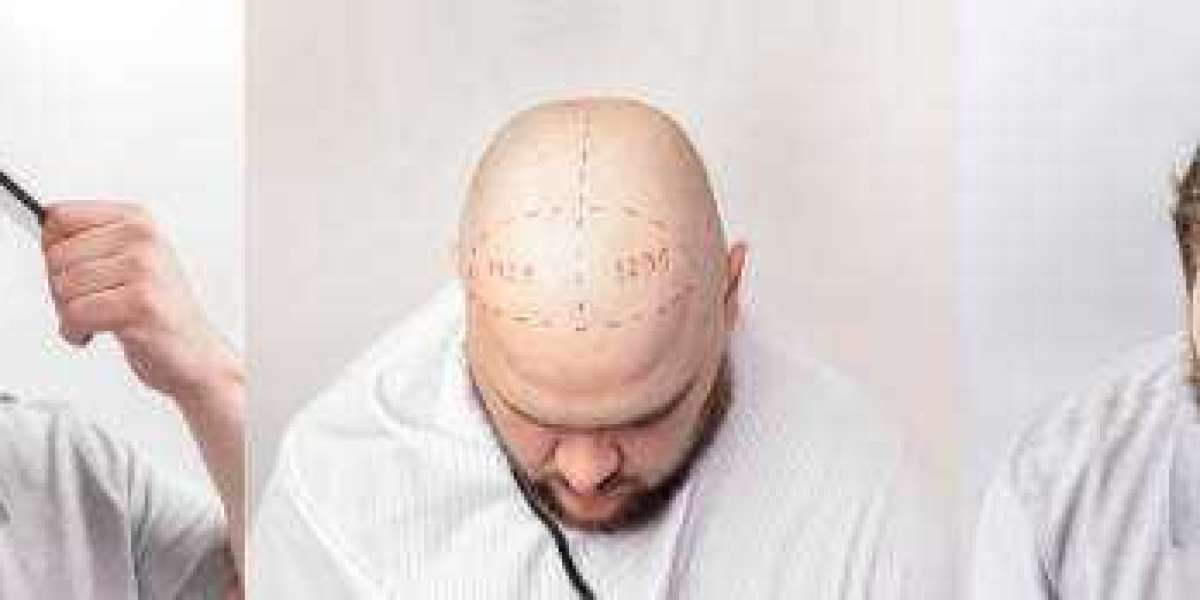Hair loss can be a challenging experience for many individuals. Fortunately, hair transplant offer a lasting solution to restore confidence. If you’re considering this procedure, understanding the details can make a significant difference.
What is a Hair Transplant?
A hair transplant is a surgical procedure that moves hair follicles from one part of the body, often the back of the scalp, to areas experiencing hair loss. It provides a permanent and natural-looking solution.
Benefits of a Hair Transplant
Natural Appearance
Hair transplants create realistic and natural results. Advanced techniques ensure the transplanted hair blends seamlessly.Permanent Results
Unlike temporary options, hair transplants offer a lasting solution to hair loss.Boosted Confidence
Restoring your hairline enhances self-esteem and improves your overall appearance.
Types of Hair Transplant Procedures
FUT (Follicular Unit Transplantation)
This technique involves removing a strip of scalp from the donor area. The follicles are then implanted into thinning or balding regions. FUT is suitable for patients needing a larger number of grafts.
FUE (Follicular Unit Extraction)
FUE extracts individual hair follicles from the donor area and places them in the target area. It is a minimally invasive option with minimal scarring and quicker recovery.
The Hair Transplant Process
Consultation
Begin with a consultation with a skilled hair transplant specialist. The expert will assess your hair loss and recommend a tailored approach.
Preparation
During preparation, the surgeon cleans the scalp and prepares the donor and recipient areas. Local anesthesia is administered for comfort.
Procedure
Hair follicles are carefully harvested and transplanted. The entire process can take 4 to 8 hours, depending on the number of grafts needed.
Who is a Good Candidate for a Hair Transplant?
Ideal candidates include:
- Individuals experiencing pattern baldness.
- Those with enough donor hair to cover the balding areas.
- People in good overall health without underlying conditions affecting healing.
Recovery and Aftercare
After the procedure, expect minor swelling or discomfort. Follow these tips for a smooth recovery:
- Protect the Scalp: Avoid direct sun exposure for a few weeks.
- Follow Post-Op Instructions: Stick to the care regimen provided by your surgeon.
- Be Patient: Hair growth starts becoming noticeable within three to four months.
How to Choose the Right Clinic
Reputation and Expertise
Select a clinic with experienced surgeons specializing in hair restoration. Check reviews and success rates.
Technology and Techniques
Modern equipment and advanced methods ensure better outcomes. Ask about the technologies the clinic uses.
Transparent Costs
Understand the costs upfront to avoid hidden fees. Many clinics offer consultations to discuss pricing in detail.
Costs of a Hair Transplant
Hair transplant costs vary based on factors such as the number of grafts, clinic location, and technique. On average, expect to invest between $4,000 and $15,000.
Is it Worth It?
For many, the emotional and physical transformation justifies the investment. The procedure not only restores hair but also boosts self-confidence.
Conclusion
A hair transplant is an effective solution for combating hair loss. By choosing the right technique and skilled professionals, you can achieve natural and lasting results. Take the first step toward a fuller head of hair today!














